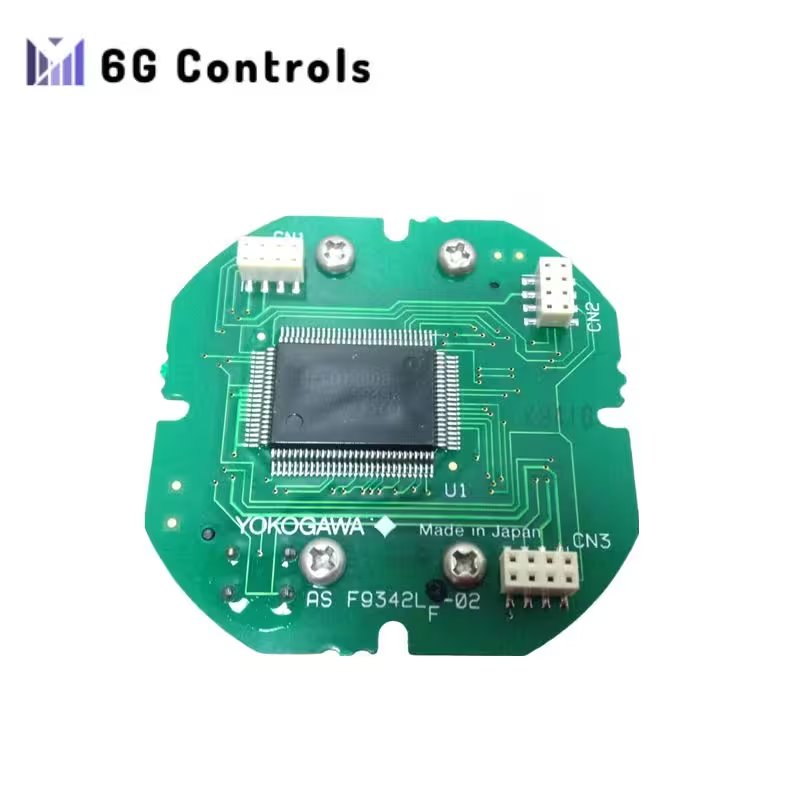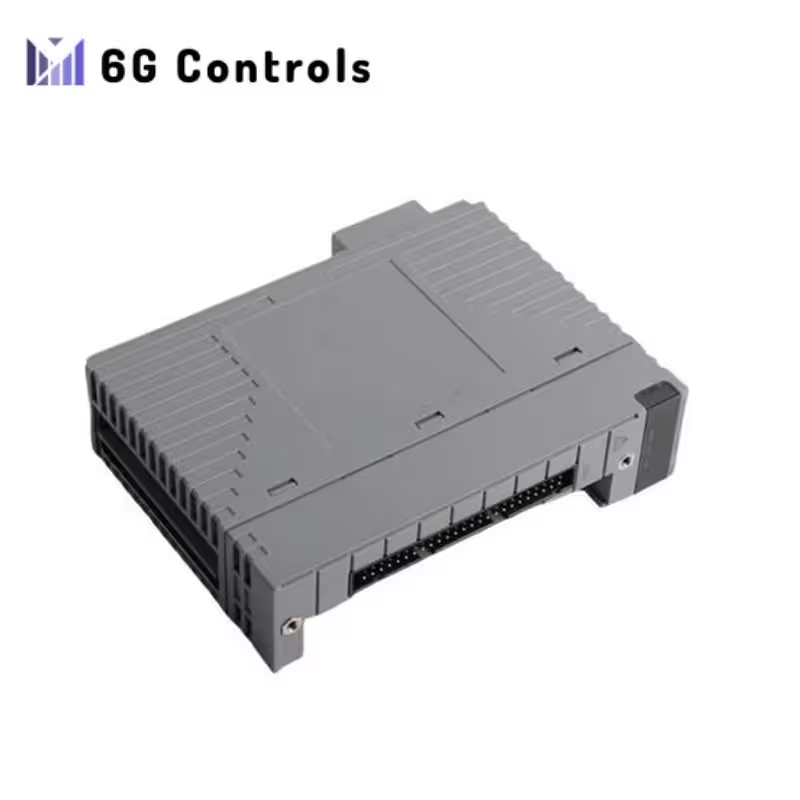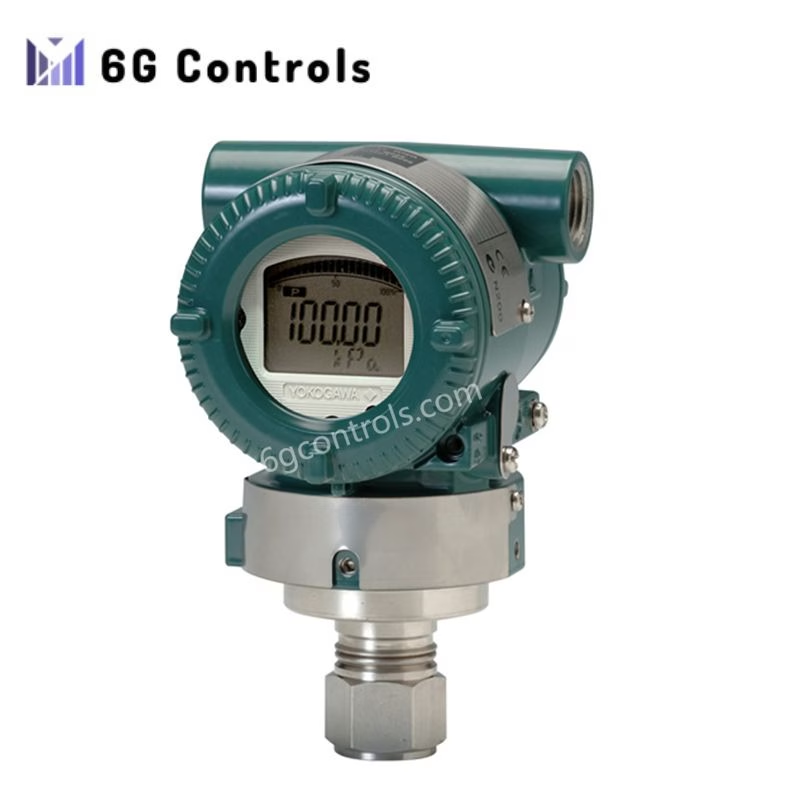
Transmitter
Transmitter Overview
A transmitter generates radio frequency (RF) signals and radiates them as radio waves using an antenna. It plays a crucial role in communication systems, including radio, television, mobile communication, wireless networking, and radar.
Key Functions of a Transmitter
- Signal Generation: The transmitter creates a high-frequency carrier wave.
- Modulation: It modulates the carrier wave with information signals like audio, video, or data. Common modulation techniques include Amplitude Modulation (AM), Frequency Modulation (FM), and digital modulation.
- Amplification: The transmitter boosts the modulated signal to ensure adequate transmission power.
- Antenna Coupling: It transfers the amplified signal to the antenna for effective radiation.
Typical Components of a Transmitter
- Oscillator: Produces the carrier frequency.
- Modulator: Combines the carrier wave with the information signal.
- RF Amplifier: Enhances the modulated signal’s power.
- Filters: Eliminates noise and unwanted frequencies.
- Antenna Matching Network: Optimizes power transfer to the antenna.
- Power Supply: Delivers the required energy for the transmitter circuitry.
Technical Specifications of a Transmitter
Transmitters vary by application but share common specifications:
- Frequency Range: Defines the operating frequency (e.g., 88-108 MHz for FM radio).
- Output Power: Indicates the RF signal’s power, measured in watts or kilowatts.
- Modulation Type: Specifies the modulation method, such as AM, FM, QAM, or OFDM.
- Bandwidth: Represents the frequency range occupied by the transmitted signal.
- Frequency Stability: Shows the transmitter’s ability to maintain a stable carrier frequency.
- Spurious Emissions: Reflects unwanted signals outside the intended frequency band.
- Harmonic Distortion: Highlights distortion caused by harmonics of the carrier frequency.
- Signal-to-Noise Ratio (SNR): Measures the desired signal power relative to noise power.
- Input Impedance: Matches the input signal impedance to the transmitter.
- Output Impedance: Ensures the output impedance matches the antenna, typically 50 ohms.
Examples of Transmitter Types
- AM Transmitter: Uses amplitude modulation for signal transmission.
- FM Transmitter: Employs frequency modulation to transmit signals.
- Television Transmitter: Delivers video and audio broadcasts.
- Radio Transmitter: Transmits high-quality audio signals.
- Cellular Transmitter: Operates as a base station in mobile networks.
- Wi-Fi Transmitter: Serves as an access point in wireless networks.
Key Considerations When Choosing a Transmitter
- Application Requirements: Choose based on frequency range, output power, and modulation type.
- Regulatory Compliance: Ensure adherence to frequency usage and emission regulations.
- Cost and Availability: Balance the cost against availability and technical needs.
- Power Efficiency: Select a transmitter with high power-to-output efficiency.
- Reliability and Maintenance: Opt for reliable transmitters with minimal maintenance requirements.
 6G Controls - Leading Supplier of New & Original PLC 、DCS Parts and Automation Controller
6G Controls - Leading Supplier of New & Original PLC 、DCS Parts and Automation Controller



